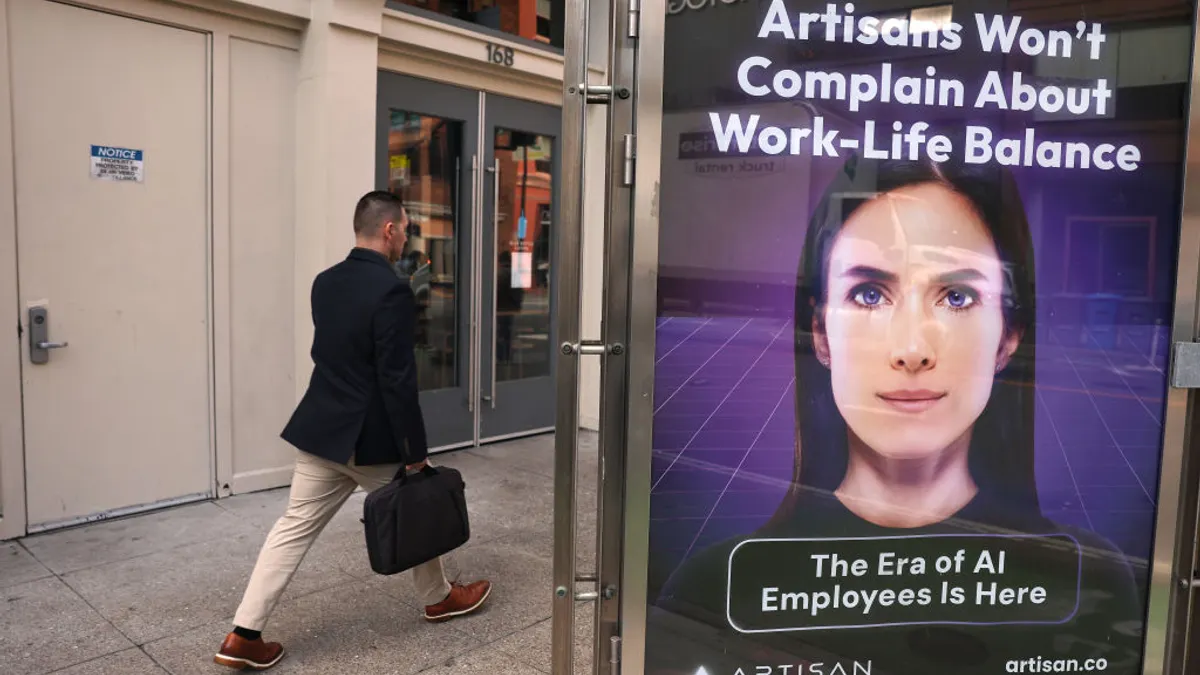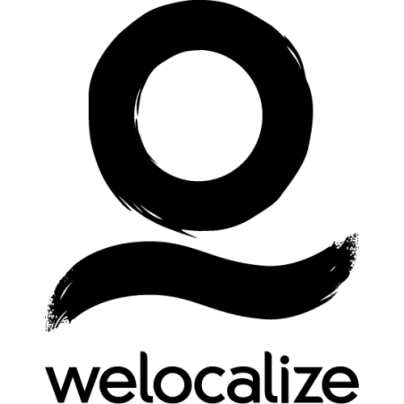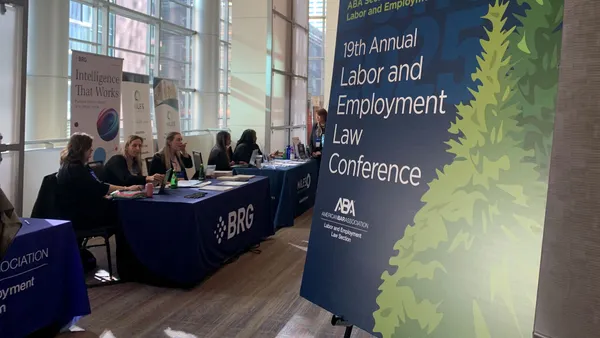DENVER — HR professionals aiming to improve diversity, equity and inclusion in their workplaces may feel hamstrung by today’s cultural climate and the Trump administration’s commitment to rooting out “illegal DEI.”
But there are some relatively uncontroversial efforts on which they can focus, experts said last week at the American Bar Association’s annual labor and employment law conference.
Pay equity
HR professionals may have noticed that there are seemingly fewer employers publicly sharing demographic information related to hiring, promotion and pay — but that doesn’t mean they’re not collecting that data, according to Elizabeth Mabey, senior labor and employment counsel at manufacturer Johns Manville. “I believe companies still care about it and are still doing it,” she said.
There’s plenty of work that can be done to advance pay equity for employees performing similar work, and it’s relatively “low-hanging fruit,” according to Susan Garea, shareholder at law firm Beeson, Tayer and Bodine.
Such efforts can include conducting assessments and striving for greater transparency, according to a supporting paper from co-panelist Pamela Coukos, co-founder and CEO of consultancy Working IDEAL. “Regular pay equity reviews are increasingly important to respond to changing laws and evolving market expectations for greater pay transparency,” she wrote.
Barrier analysis
HR professionals also could analyze barriers to equal opportunity, ensuring policies and practices are aimed at broadening opportunities for everyone, the presenters suggested.
Coukos said she has not seen a withdrawal from barrier analyses and that the effort remains a useful DEI tool.
This process could, for example, look for barriers that limit who gets to compete for certain roles, such as college degree requirements that may not be necessary, according to her paper. Practitioners also could flag unusual patterns in hiring and promotion, or analyze high turnover rates for particular workers.
It’s critical that HR professionals work to understand the root cause of a problem, the paper concluded; that may require interviews and listening sessions with employees and managers, as well as a review of policies and survey data.
Such activities are not only “very, very legal,” Coukos said, but can also help employers reduce litigation and enforcement risk.















